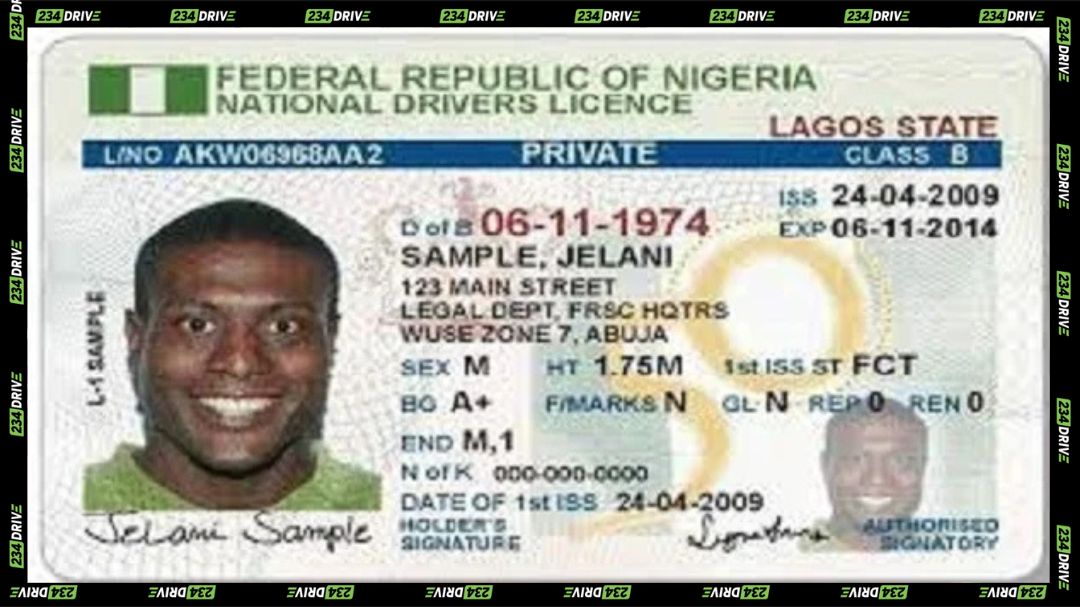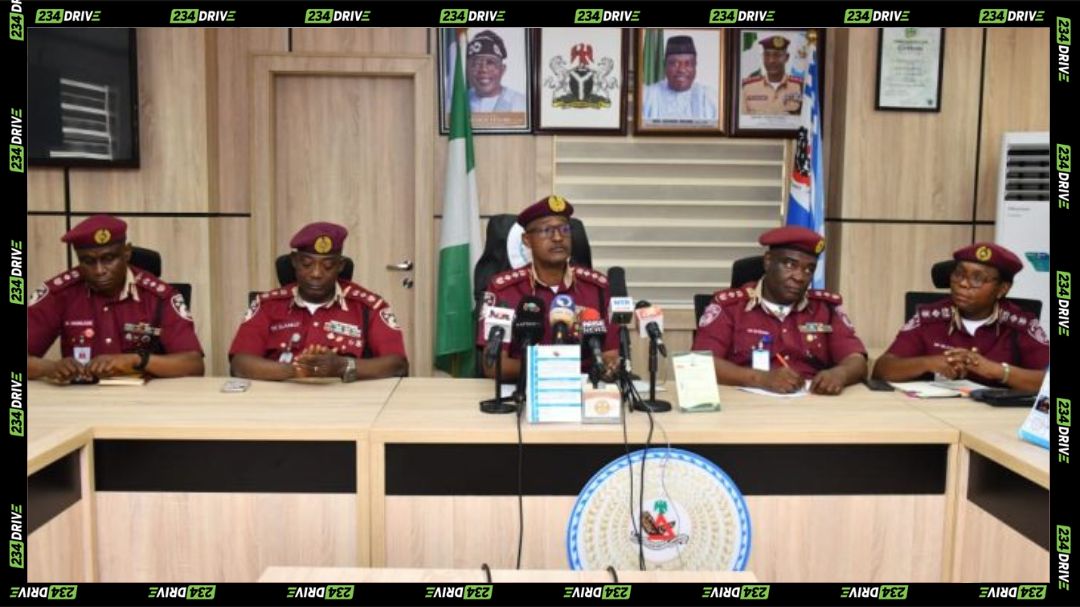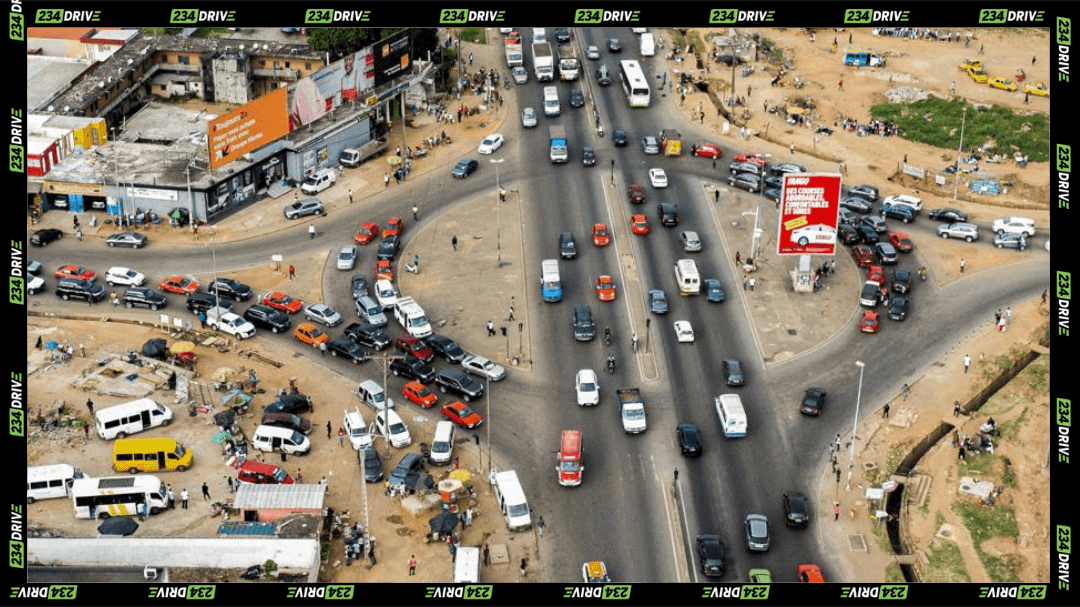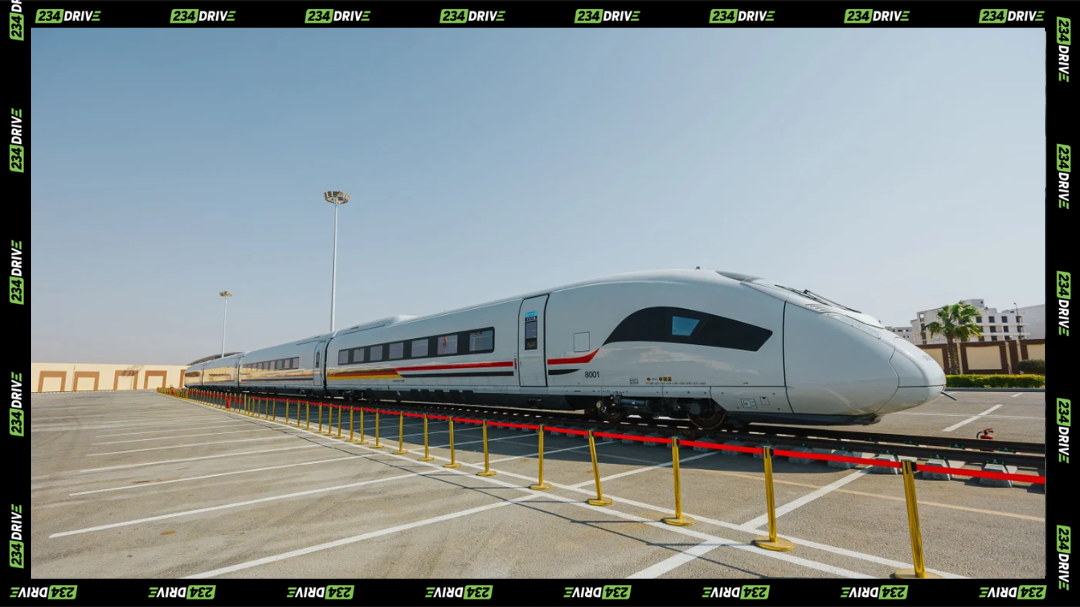Nigeria’s Federal Road Safety Corps (FRSC) has taken a bold leap in modernising its transport administration. On October 20, 2025, the Corps launched a contactless biometric driver’s licence system—an initiative designed to eliminate the long queues, delays, and inefficiencies that have defined licence issuance for years. The project, unveiled in Abuja by Corps Marshal Shehu Mohammed, aligns with the broader digitisation push across public services and coincides with the 2025 Ember Months Road Safety Campaign themed “Tech Responsibility for Your Safety: Stop Distracted Driving.”
The new system replaces the traditional touch-based biometric process with near-field sensor technology capable of capturing fingerprints and other identifiers from a short distance. This allows applicants to complete the entire process—from biometric capture to verification and permanent licence printing—in a single visit. By linking directly with the National Identification Number (NIN) database managed by the National Identity Management Commission (NIMC), the platform enables real-time verification, eliminates human error, and strengthens data integrity. In essence, it’s a one-stop digital system designed for speed, hygiene, and transparency.

The FRSC has integrated this system into a wider digital framework that connects driving schools, Vehicle Inspection Offices (VIO), and state revenue boards. This unified approach ensures that every step of the process, from driver certification to licence printing, is captured digitally. With on-site printing and instant approval, temporary paper licences are now a thing of the past. According to Corps Marshal Mohammed, the new model mirrors global standards where permanent licences are issued immediately, underscoring Nigeria’s commitment to aligning with international best practices.
Production capacity has been ramped up significantly to meet demand. The FRSC’s Abuja facility now operates round-the-clock, producing up to 40,000 licences daily—an upgrade from its previous limit of 15,000. This scale-up is part of a larger plan to clear a backlog that once stood at over 800,000 unprocessed applications. Deputy Corps Marshal Aliyu Datsama confirmed that backlogs have been halved to around 400,000 and are expected to be fully cleared by mid-November 2025. However, another challenge persists: more than 206,000 printed licences remain unclaimed nationwide, prompting officials to urge applicants to collect their cards promptly.
Beyond administrative efficiency, the initiative carries significant implications for national mobility and road safety. For Nigeria’s estimated 10–15 million licensed drivers—many of whom endure long wait times, especially in rural areas—the ability to walk out of an FRSC office with a permanent licence on the same day is transformative. The system also enhances data accuracy and security through embedded verification codes, enabling enforcement officers to authenticate licences instantly. This integration may pave the way for a nationwide penalty point system, creating a stronger link between licensing data and traffic violation records.

The move fits into a larger shift within Nigeria’s transport ecosystem toward automation and digital inclusion. By reducing human contact, the technology improves hygiene and minimises opportunities for corruption. It also supports evidence-based policymaking, allowing the FRSC to leverage real-time data for targeted safety interventions. This becomes particularly crucial as the Corps confronts rising accident rates during high-travel periods such as the Ember months.
While the rollout has been met with broad approval, experts note that continuous monitoring will be vital. Biometric systems often raise concerns about privacy, accessibility, and system reliability, especially in rural regions with limited internet connectivity. Still, early feedback suggests optimism. The Corps’ plan to introduce self-service kiosks for renewals at transport hubs and shopping centres hints at a more decentralised future—one where drivers can manage renewals and verifications without visiting FRSC offices.
At a broader level, the FRSC’s contactless licence system signals more than a procedural upgrade—it reflects Nigeria’s gradual but determined transition to a fully digital mobility ecosystem. If executed effectively, it could become a regional model for how African nations modernise essential public services without compromising access or integrity. The question now is whether state-level adoption and user education will keep pace with the technology’s promise, ensuring every driver benefits from this digital revolution.









